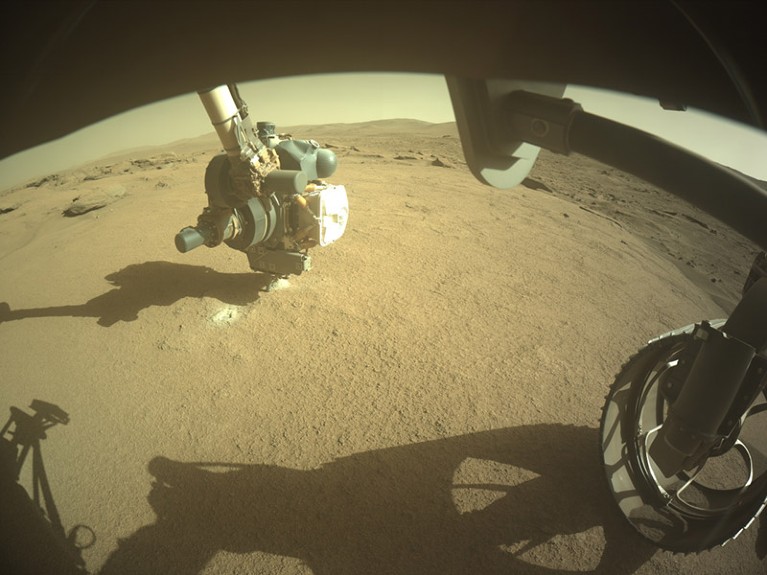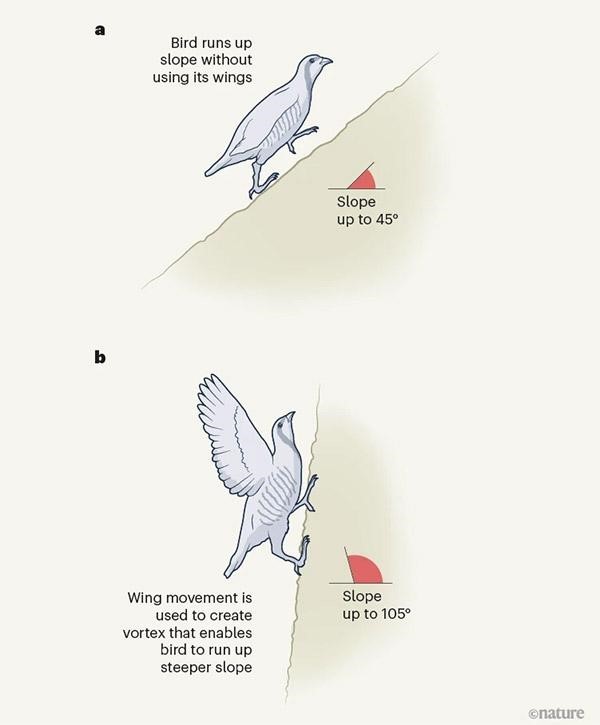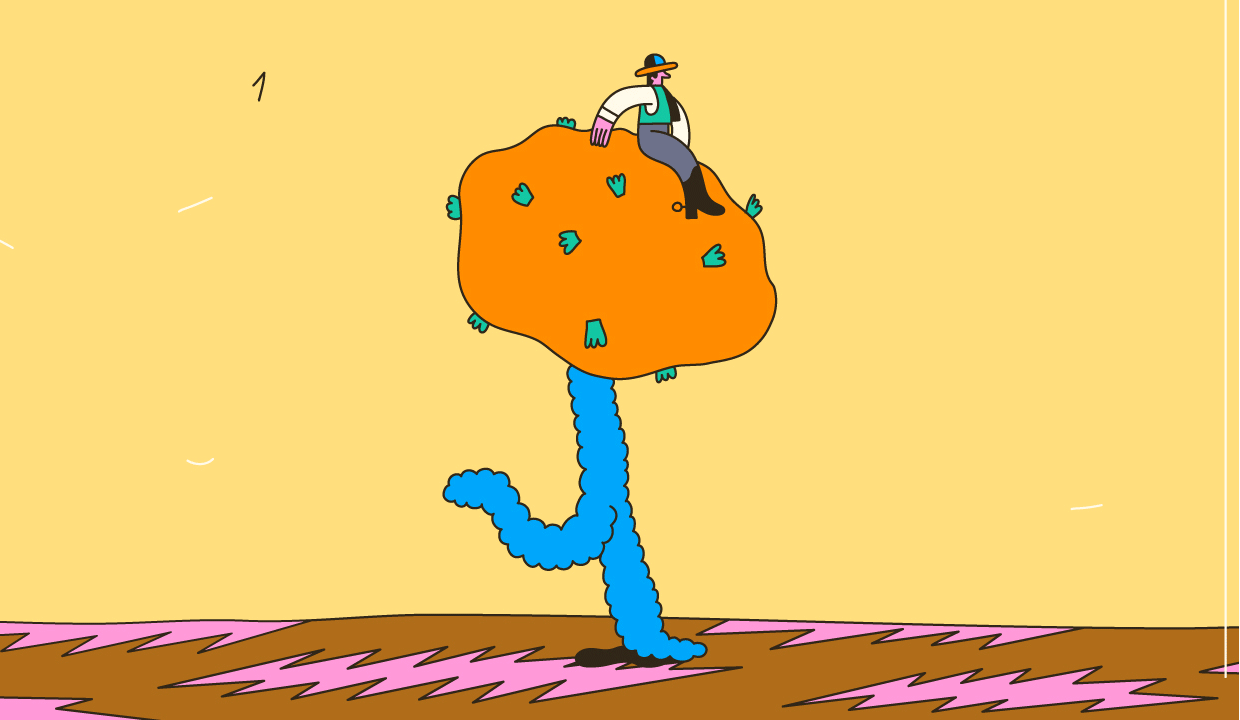Hello Nature readers, would you like to get this Briefing in your inbox free every day? Sign up here.

The Perseverance rover drills a rock core from the edge of the ancient river delta in Jezero Crater on Mars.Credit: NASA/JPL-Caltech
NASA is facing some tough questions amid budget woes: where should its Mars rover Perseverance collect its final rock samples — and will it even be able to afford to fly them home? Bringing Perseverance’s precious samples back to Earth could cost as much as US$11 billion. Perseverance’s team is also debating whether to change the rover’s travel plans to save costs. “My focus is really on making sure that we get as much science out of what we can get,” says NASA’s Lindsay Hays.
Nature | 7 min read
For the first time, an artificial intelligence (AI) system has helped researchers to design completely new antibodies. Creating new versions of these immune proteins, which can be used as drugs, is usually a lengthy and costly process. An AI algorithm similar to those of the image-generating tools Midjourney and DALL·E was trained on thousands of real-world structures of antibodies attached to their target proteins. It then churned out thousands of new antibodies that recognize certain bacterial, viral or cancer-related targets. Although in laboratory tests only about one in 100 designs worked as hoped, biochemist and study co-author Joseph Watson says that “it feels like quite a landmark moment”.
Nature | 4 min read
Reference: bioRxiv preprint (not peer reviewed)
The winner of this year’s Abel mathematics prize, Michel Talagrand, developed formulae to make random processes more predictable. He showed that the contributions of many variables that influence processes such as a river’s water level often cancel each other out — making the overall result less variable, not more. Talagrand, who is retired, loves to challenge his fellow mathematicians: he keeps a list of problems on his website, offering cash to those who solve it as long as he’s “not too senile to understand the proofs I receive”.
Nature | 6 min read
Infographic of the week

Fifty years ago, palaeontologist John Ostrom proposed that birds evolved from small, bipedal dinosaurs rather than from tree-dwelling animals. He reframed the debate about the origin of flight by focusing on its biomechanics. His ideas were later tested and supported by work — including a 2003 study on chukar partridges (Alectoris chukar) — which showed that wing movement can create a vortex that helps the animal to run up vertical slopes. (Nature News & Views | 8 min read, Nature paywall)
Reference: Quarterly Review of Biology paper (from 1974)
Features & opinion

Illustration: Fabio Buonocore
Time-resolved cryo-electron microscopy is turning still images of the tiny motors and devices that power life into motion pictures. Biomolecules are in constant motion, and capturing this action can help scientists to unravel dynamic processes such as how a muscle protein generates force or how a plant virus infects a cell to release its genetic material. There are various ways of creating these movies, for example freezing samples and using laser pulses to reanimate them for a few microseconds before they refreeze. The technique is “fussy and hard to control”, says structural biologist Bridget Carragher. But there is no shortage of interesting questions for scientists to tackle with it right now
Nature | 9 min read
A cyberattack can mean losing precious or sensitive files, such as health records, or having to pay a ransom to regain access to them. To prevent this from happening, “update your software regularly; implement firewall and antivirus solutions; control access and permissions to your systems; encrypt sensitive data”, says information-technology specialist Ildeberto Aparecido Rodello. If you’ve been hacked, “pull out the plugs and shut it down”, advises information-security expert Sarah Lawson. “Close it and then seek advice.”
Nature | 8 min read
Today I’m delighted to discover the science behind souvenir fridge magnets — of which I have plenty. In a study published in my new favourite journal, Annals of Tourism Research, researchers asked 19 Brits with at least 20 magnets about what their collections meant to them. Magnets “enable the past to haunt the present”, conclude the authors. “Every time a fridge door is passed by or opened it can fleetingly trigger memories of another time and place in unplanned and unanticipated ways.”
Please trigger our thoughts in unexpected ways with your feedback on this newsletter. Your e-mails are always welcome at briefing@nature.com.
Thanks for reading,
Flora Graham, senior editor, Nature Briefing
With contributions by Gemma Conroy and Katrina Krämer
Want more? Sign up to our other free Nature Briefing newsletters:
• Nature Briefing: Anthropocene — climate change, biodiversity, sustainability and geoengineering
• Nature Briefing: AI & Robotics — 100% written by humans, of course
• Nature Briefing: Cancer — a weekly newsletter written with cancer researchers in mind
• Nature Briefing: Translational Research covers biotechnology, drug discovery and pharma
